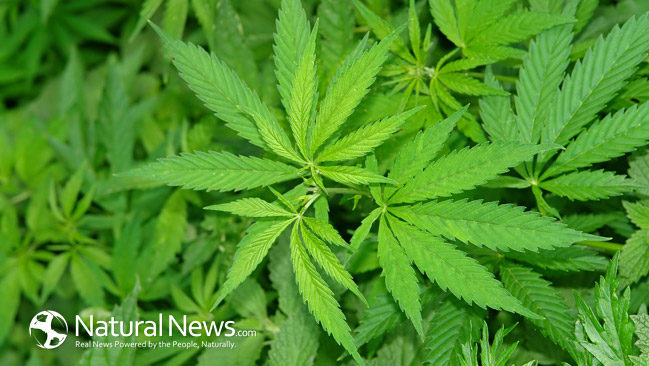The Navajo hope to begin growing industrial hemp on native land as soon as next year. Earlier this week the Navajo signed their first resolution with the San Diego Cannabis firm CannaNative after over a year of exploratory talks. Although this is great news for the Navajo and the hemp industry, the road to cultivation will be a long one. In 2014 President Obama signed the Agricultural Act, also known as the 2014 Farm Bill, which gives states and tribes power to pass their own hemp legislation. However, the Navajo Nation plans to grow their crop on a 70,000 acre spread in New Mexico, which is not one of the 27 states to have passed laws regarding hemp cultivation.
New Legislation Required
This creates a paradox for the Navajo, the largest federally recognized tribe, but they believe their strong relationship with the government will help them in their journey. The Nation will also have to contend with their own laws in order to move forward. In 2000 lawmakers redefined “marijuana” in the Navajo Nation Code to only include Cannabis plants with more than 1.4% THC, laying the foundation for future hemp manufacturing. However, federal law requires THC content of industrial hemp to be 0.3% or less. The Navajo Nation Council would also have to amend the current statue to allow hemp production, but there “has been no discussion of doing so” says Lorenzo Bates, Speaker of the Navajo Nation Council. While the statue recognizes hemp does not contain enough THC to be psychoactive, it does not allow for legal cultivation of cannabis in any form.
Benefits of Hemp
Hemp is used for a large array of products including food, fiber, building material, plastics and fuel, making it an enticing crop for the Navajo Nation. Hemp can also be cultivated 3x in a yearly cycle, much faster than traditional crops. In 2015 the Hemp Industries Association (HIA) estimates that the total U.S. retail hemp sales was $573 million and growing. States like Kentucky have successfully harvested hemp under pilot programs since 2014, expanding to over 900 acres in 2015. “The industrial hemp project could probably overtake Indian gaming, not only in terms of employment but also in terms of revenue to the Navajo,” according to Al Henderson, senior economic adviser to the Navajo.
Natives History with Hemp
The Navajo are not the first Native Americans to embark on this journey. In 2015 Menominee tribe of Wisconsin was raided by the DEA. Menominee leaders say they were legally growing hemp for research, however, the 30,000 plants confiscated proved to contain higher levels of THC than allowed by law. In June a judge refused to lift a ban on the Oglala Sioux Nation from gowing hemp, which they legalized in the early 2000’s.
Despite the odds, the Navajo continue to push forward. “We are striving for the first, if not the largest hemp crop in the country. We want to bring back cultivation, but on an Indian reservation.” says CannaNative CEO Anthony Rivera. Which is good news for the Navajos 360,000 constituents which experience an unemployment rate of over 40%. Discussions are also underway for cultivation in Arizona and Utah. The Nation hopes to begin production in the spring of 2017.





